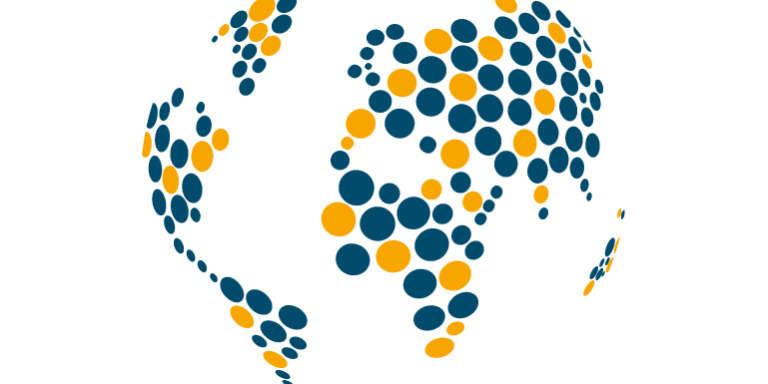Last week, demonstrations across Eastern Europe1The countries included here are Albania, Belarus, Bosnia and Herzegovina, Bulgaria, Croatia, Cyprus, Greece, Kosovo, Moldova, Montenegro, North Macedonia, Romania, Russia, Serbia, and Ukraine. continued at low levels. Demonstrations against the regime of Alexander Lukashenko continued in Belarus. In Ukraine, a decision by the Constitutional Court has undermined the state’s ability to fight corruption and will likely increase public frustration with the slow pace of reforms. In Russia, demonstrations in support of former governor of Khabarovsk Sergei Furgal, who his supporters believe has been targeted for arrest for political reasons, continued.
In Belarus, demonstrations against the regime of Alexander Lukashenko continued. A hundred thousand people marched in Minsk on 25 October. Thousands then marched again on 26 October. The police made widespread use of stun grenades, rubber bullets, and batons (RFE/RL, 26 October 2020; Amnesty International, 26 October 2020). A national strike — announced by opposition leader and likely winner of the August election Svyatlana Tsikhanouskaia — was conducted at universities, private companies, and state enterprises. GrodnoAzot (a major fertilizer company), workers, and university students were the most prominent striking groups (TUT.BY, 26 October 2020; RFE/RL, 27 October 2020). Meanwhile, Lukashenko replaced his Interior Minister with the former Minsk police Chief of Staff. This might point to a lack of human resources in managing the police response to demonstrations or potential fears of a palace coup (RFE/RL, 30 October 2020).
In Ukraine, reform efforts were derailed by a decision of the Constitutional Court, which may lead to increased frustration with the slow pace of reforms and may increase demonstration activity over time. The Constitutional Court blocked a number of anti-corruption provisions in Ukrainian law, namely public access to electronic income declarations of civil servants and the criminal status of falsifying these declarations. The decision was taken following legal action against the legislation initiated by pro-Russia and pro-Oligarch parties. This decision compelled law enforcement agencies to close over one hundred criminal cases, to strip the National Agency on Corruption Prevention (NACP) of most of its powers, and to make it impossible for newly-elected civil servants to be officially appointed (NACP, 28 October 2020; Ukrayinska Pravda, 29 October 2020). The Cabinet of Ministers attempted to restore some of the NACP’s powers through direct order, though this move is a short-term solution as they may lack the legal authority to do so (Cabinet of Ministers, 29 October 2020). Meanwhile, President Volodymyr Zelenskiy submitted draft legislation which would render the court’s ruling void and would dissolve the Constitutional Court, despite parliament lacking the legal power to adopt such legislation (AP, 30 October 2020). In the Donbas region, fighting between Ukrainian government forces and Russian-led separatists remained at very low levels. There were 10 armed clashes, 29 shelling incidents, and three fatalities reported.
In Russia, the demonstrations in Khabarovsk in support of former governor Sergei Furgal, who his supporters believe has been targeted for arrest and prosecution for political reasons, continued past their 113th day (Dvnovosti, 30 October 2020). Meanwhile, demonstrations by Muslims took place in front of the French embassy in Moscow against President Emmanuel Macron’s defense of cartoons published in the satirical publication Charlie Hebdo. The cartoons have angered Muslims worldwide with their satirical depiction of the Prophet Muhammad. President Macron has emphasized that Charlie Hebdo has the right to publish such cartoons due to freedom of speech and emphasized that France is a secular state (Nezavisimaya Gazeta, 1 November 2020).
© 2020 Armed Conflict Location & Event Data Project (ACLED). All rights reserved.






